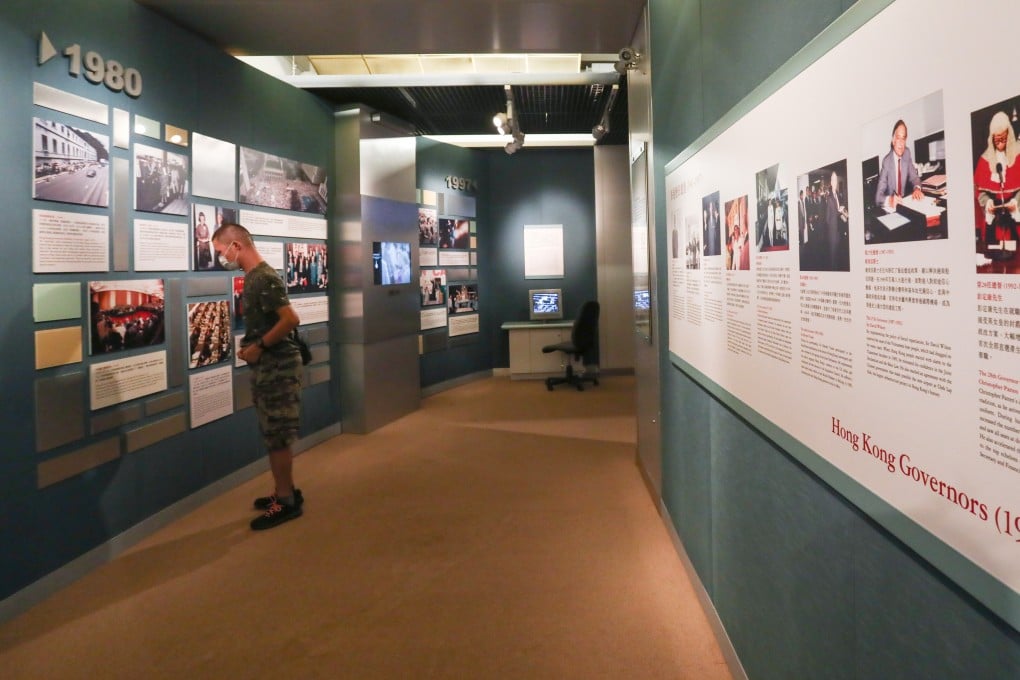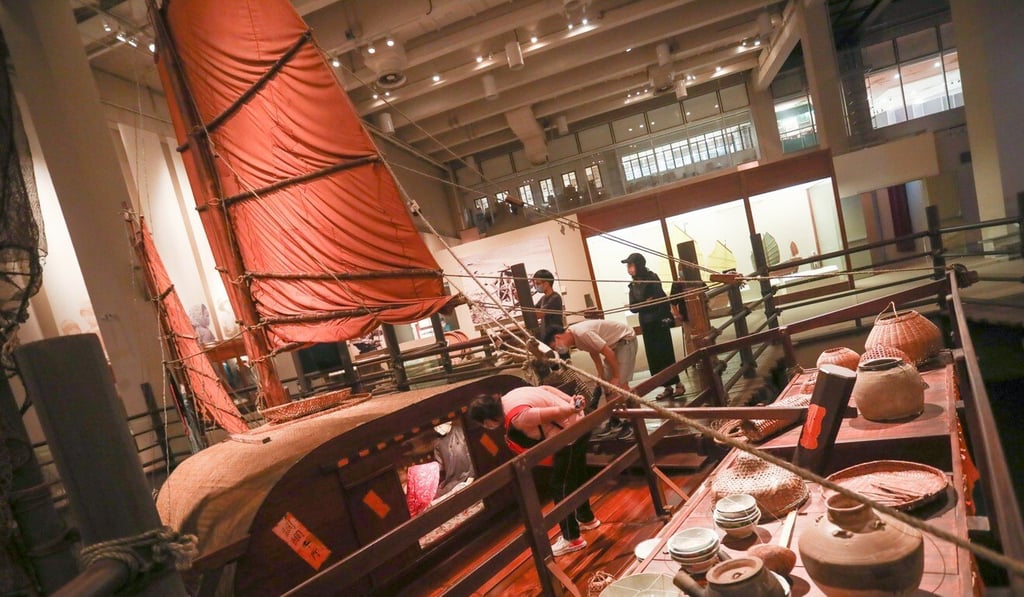Museum’s ‘Hong Kong Story’ exhibition to go hi-tech in major revamp, but history buffs wonder how much will change
- Some experts ask if China’s role in city’s history will be puffed up when exhibits get updated
- Interactive displays likely to replace exhibition’s many large-scale models, life-size replicas

After almost two decades, a showcase of Hong Kong history reaching all the way back to prehistoric times is undergoing a major revamp.
The eight galleries of the permanent exhibition, occupying two floors at the Hong Kong Museum of History, cover everything from the city’s geological and landscape formation to ancient forests, and the earliest human activities thousands of years ago.
The Hong Kong Story exhibition opened in 2001 and has attracted more than 11 million visitors, who also learned about the period when the city was under the British. The timeline stopped at 1997, when the city was returned to China.
The exhibition closes for the overhaul on Monday, and when it reopens, in 2022 at the earliest, many of the large-scale models and life-size replicas of historical scenes are likely to be replaced by interactive presentations.

It is also expected to be updated to include more recent events from after 1997, such as the severe acute respiratory syndrome (Sars) epidemic of 2003 and the Occupy movement of 2014, which saw protesters seeking political reform shut down parts of the city for 79 days.